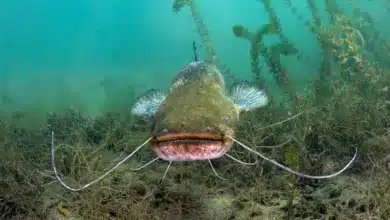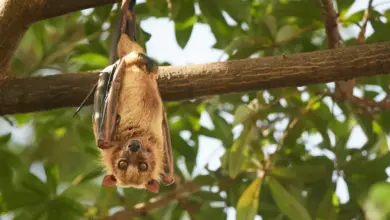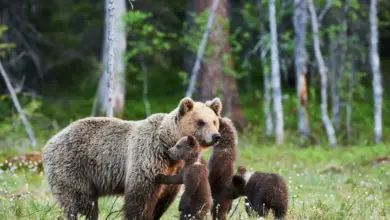Several studies on dingoes, the wild dogs of Australia, strongly suggest that “controlling” wolves by allowing hunting could cause ranchers in the Rockies to lose more, rather than fewer, cattle to wolf attacks. That, in turn, would likely trigger calls for more wolf killing . . .
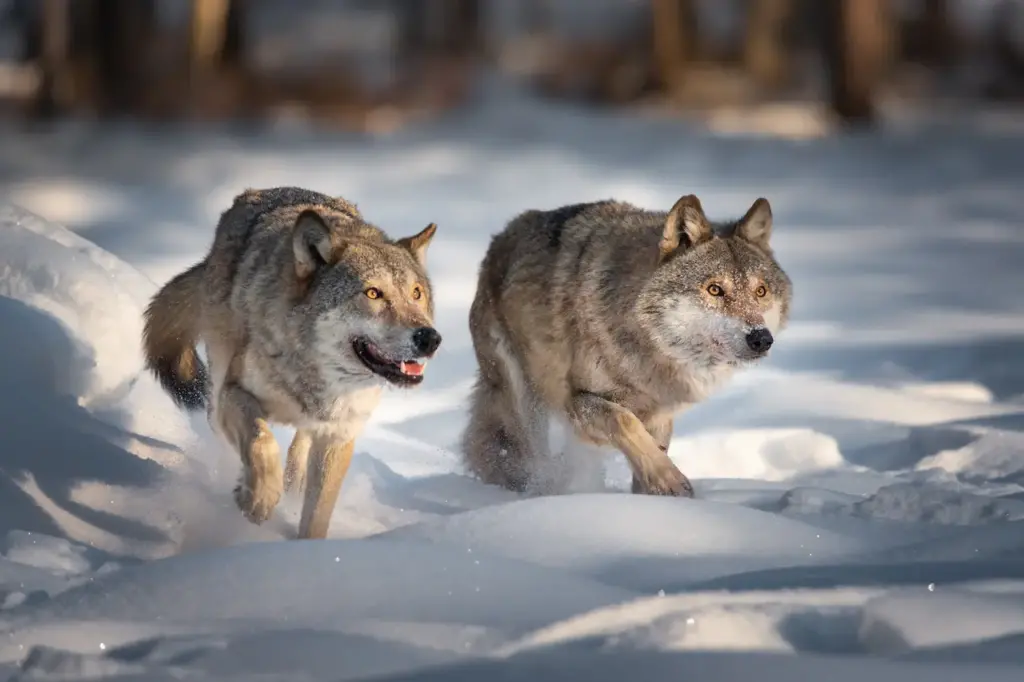
Hunts May Shatter Entire Wolf Packs
One of the reasons given for allowing wolf hunting this fall in Idaho and Montana is to reduce risk to livestock—primarily cattle—by decreasing the number of wolves. However several Australian studies of dingoes, which are similar to wolves in their social structure and hunting habits, indicate that killing wolves may cause more problems than it solves for ranchers in the Rockies.
Wolves (Canis lupus) and dingoes (Canis lupus dingo) are both top predators in their respective habitats, and both live in packs with a complex social structure. The pack hunts cooperatively, and is led by a dominant pair that typically are the only animals in the group that breed. The other pack members assist in rearing the offspring of the dominant pair.
In 1998, scientists led by Lee Allen of Australia’s Robert Wicks Pest Animal Research Centre published a 28-year study of dingo predation on three cattle stations in Queensland. The surprising results of the study showed that when dingo populations in the ranching country were “controlled” (by poisoning rather than hunting), the surviving dingoes tended to kill more calves than when their packs were left intact. At the time, Allen and his team hypothesized that the increased killing of calves took place because many of the surviving dingoes were younger animals and not as skilled at hunting, and therefore had a difficult time tackling kangaroos and other traditional wild prey animals. (“Baiting Reduces Dingo Numbers, Changes Age Structure Yet Often Increases Calf Losses”).
But in a later analysis, another team led by Lee determined that it was the reduced size of the packs rather than the age of the animals in them that turned them toward calves instead of more difficult prey.
In a hunt that began last week, Idaho has licensed the killing of 255 wolves—which probably amounts to between one quarter and one third of the state’s entire population of the animals. The Montana hunt is scheduled to get underway on September 15, and involves the sanctioned killing of 75 wolves, or 15 percent of the population.
Idaho’s wolf population was estimated at 846 in 2008, including 39 breeding pairs, while Montana’s last wolf count turned up 497 animals, including just 34 breeding pairs. The planned hunts have been made possible by the recent US Fish & Wildlife Service decision that wolf populations had recovered sufficiently in most areas of the northern Rocky Mountains to justify the animal’s removal from Endangered Species Act protections.
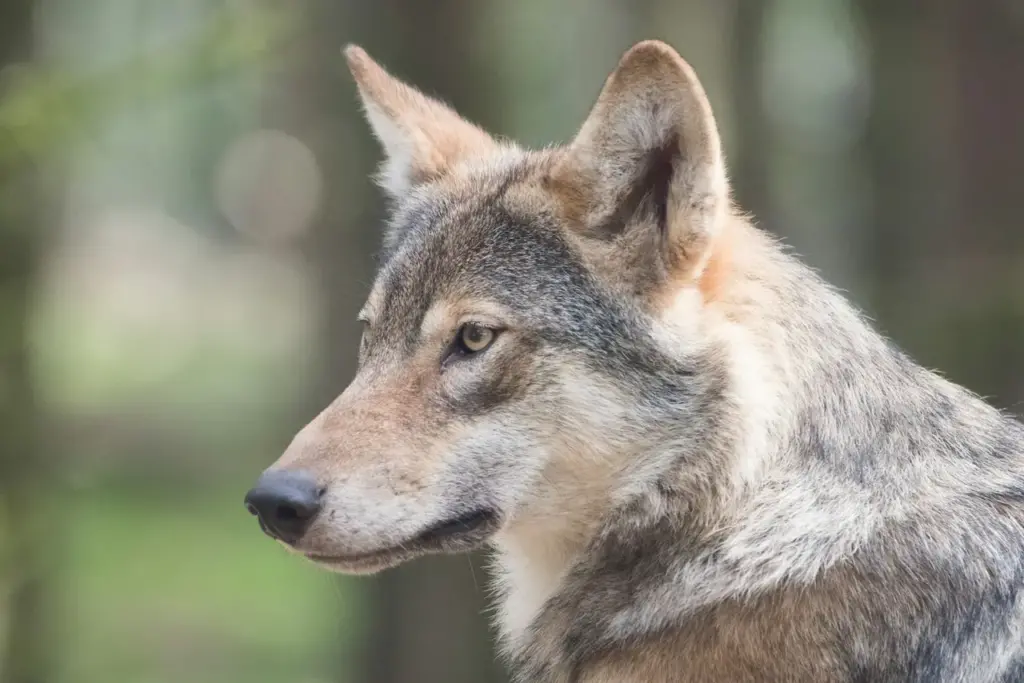
A coalition of conservation groups has been fighting the delisting of wolves as well as the hunts. But other groups in the Rockies have been loudly opposed to wolf recovery since it began in the late 1980’s. Increased cattle predation by fragmented wolf packs would likely bring calls from these same groups to reduce the wolf population even further. In addition to the hunting of wolves, ranchers are allowed to kill wolves that attack their herds.
Yet another recent Australian study shows that while “control” of wild dogs generally causes large, stable packs to splinter into smaller ones, especially if the leaders have been killed, it doesn’t always reduce the overall number of animals. That’s because animals in the fragmented packs get an opportunity to breed that they might not have if they were members of larger packs dominated by an alpha male and female.
That may sound like a good deal for some of the wolves, but it’s bad for them as a species—and also, once again, for ranchers. More reproduction by less-fit wolves could produce generations that are less well-suited to tackling large wild prey species —and more inclined to seek out a veal dinner.
Editor’s Note: We at All About Wildlife.com are not anti-hunting or against hunters. Far from it. But we do have some serious questions about the wisdom of the new wolf hunts in Idaho and Montana—especially the one in Idaho, where the state hopes to “cull” such a large percentage of the wolf population. We think wolf populations in the Rockies need to be allowed to recover further before hunting is considered again—and if and when it is, wildlife officials need to take into account the special complexities of the wolf-pack social order.
